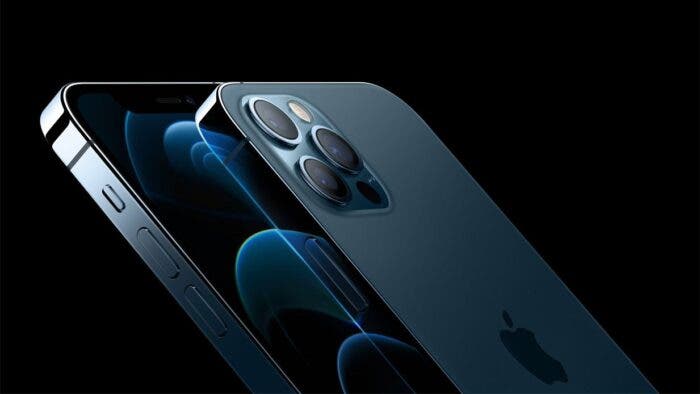Don’t get me wrong, I really like Android phones. However when friends and family ask me what phone should they choose, or which model is the most effective out there, I almost always tend to recommend the iPhone over any Android competitor. Wanna know why?
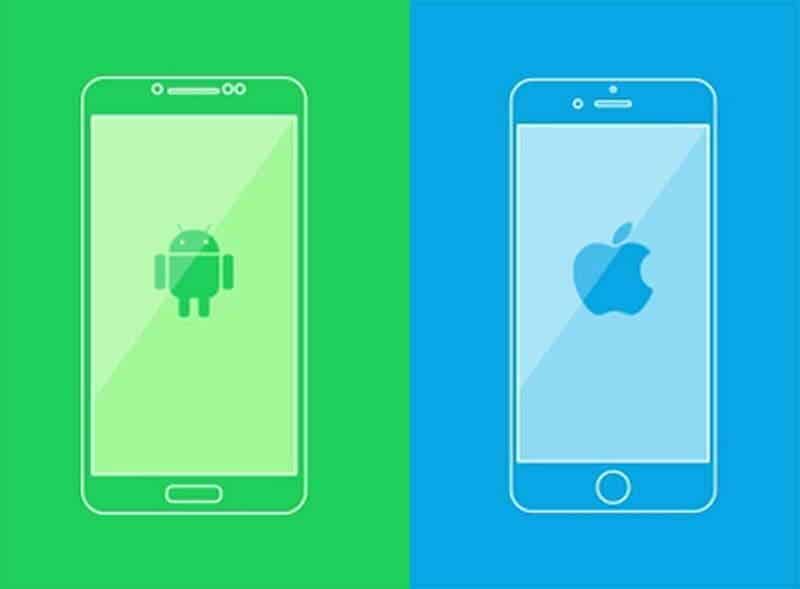
I’m a professional Editor/Reviewer and have been through most of the Android smartphones out there – since the birth of T-Mobile G1 (or the HTC Dream). I’ve been doing this for almost 20 years now – even before Android, iOS. I really enjoy using Android smartphones, loving their feature rich OS, their impeccable cameras along with the myriad customization options they support. To be honest, I miss the theming options of most Android phones, their Always On Displays, the ability to sideload apps and more. Surely there are dozens of impeccable Android smartphones out there with over the top specs, but when the time comes to choose mine, I always go for the iPhone.
Be careful: I never said that iOS is better than Android. I just mean that with iPhones there’s always something more than just their iOS platform. It’s how the device works in everyday usage, how software and hardware co-exist and complement each other. Don’t forget also that the iPhone works seamlessly with other Apple gadgets, including Macs, Apple Watch and Apple TV — a complete ecosystem ready to prove its worth.
Here’s 6 reasons why I prefer the iPhone over any Android
It’s the Ecosystem
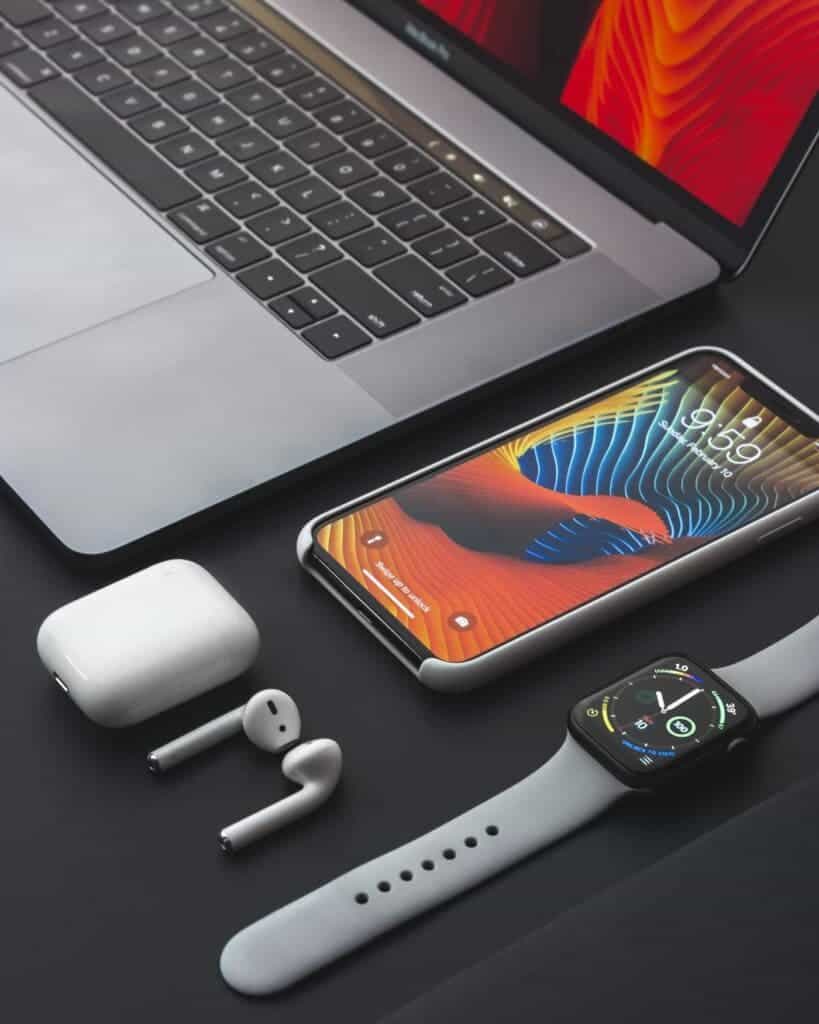
iCloud and more…
No bloatware – No unnecessary apps in an iPhone
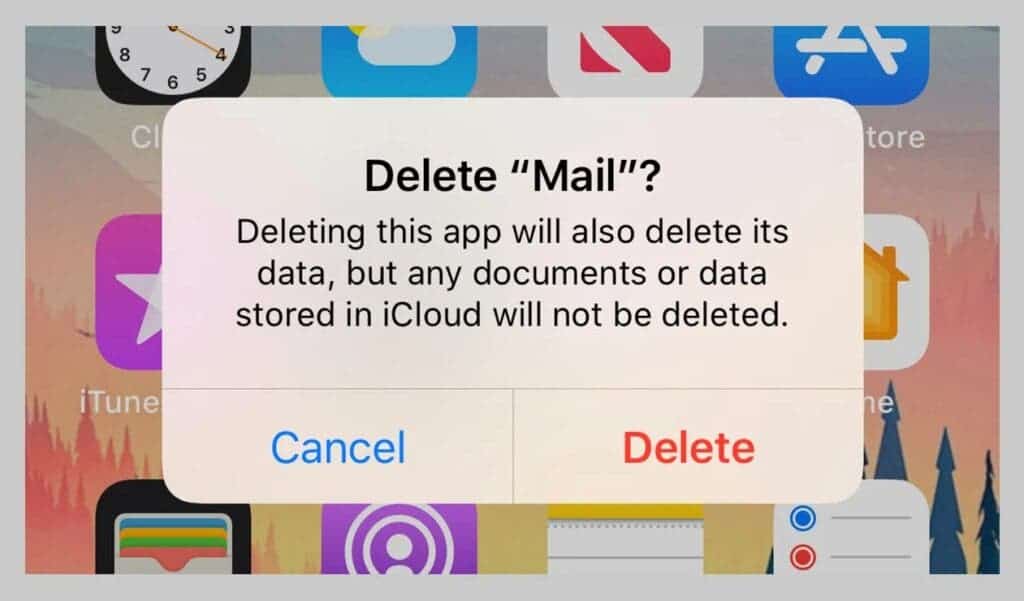
Apple Pay
One way to pay – and rule them all. Yes there’s Samsung Pay but tbh this isn’t as popular as Apple Pay is all over the world. It’s a quite simple method to use for any type of user: you just add your credit/debit card in Apple’s Wallet, and you’re ready to buy anything contactlessly. Just bring your iPhone close to the supported payment terminal at the checkout counter and then double press to On/Off button to pay. Authentication is being made either by FaceID or using Touch ID (in older iPhones).
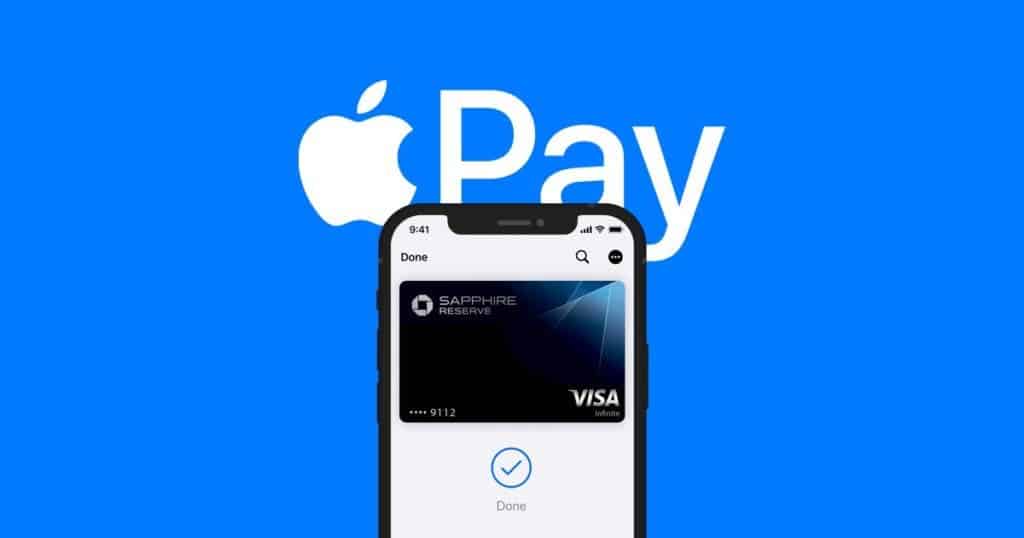
The Cupertino company also has its own credit card available in select countries – the Apple Card. It promises to improve your financial life by making it simple to track what you’re spending where. There’s also no hidden fees and Daily Cash back rewards.
iOS Privacy features
That’s a huge reason NOT to avoid an iPhone. Apple has been providing (for the past year that is) more ways to protect our privacy and the launch of iOS 15/iPadOS 15 made everything better. With the new update, iPhone (iPad also) users can:
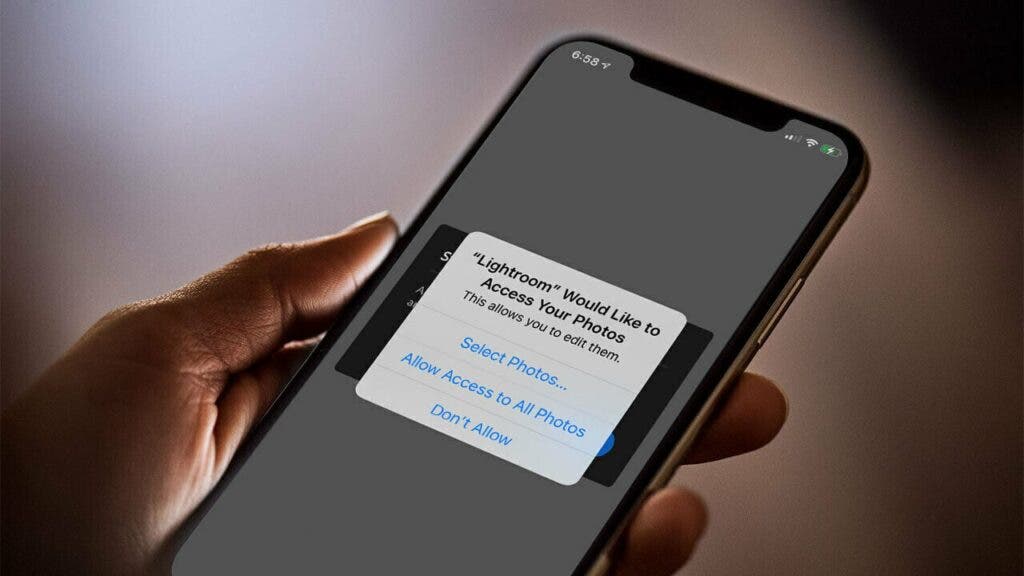
- Protect their Mail activity by hiding their IP, in order to mask their location. Any remote content from an email message loads privately in the background so it can’t be used to track you.
- Hide their Email Address. Apple creates a randomized email account in order to anonymize your identity and reduce the amount of spam sent to your actual email address. To use this feature, the user must be running iOS 15 or iPadOS 15 and sign up for a paid iCloud+ subscription.
- Hide their IP Address with iCloud Private Relay. This way your actual IP address is replaced with one from a range of anonymous addresses based on your general region as a way to hide your specific location.
- Track Permissions for App Developers: All App developers can track us and send targeted ads. Apple introduced a new feature that will prompt every user if an app wants to track him/her. This can be turned on from Settings > Privacy > Tracking, where you must turn on Allow Apps to Request to Track.
iPhone: More Privacy
- Detect Camera/Microphone Access: There’s a green dot appearing on the top screen when using your camera (or an application is doing it without your knowledge). There’s also an orange dot appearing at the same position, everytime an app is using your microphone.
- Safari has a Privacy Report: Safari can block access to prevent cross-site trackers from following each iPhone user. You will find the setting under Settings > Safari – Privacy & Security.
- Limit access to Photos & Videos: Now we control what applications can see from our Photos app. So if you have some sensitive photos/videos you wish to keep to yourself, you can limit access to just specific photos.
- Share Precise or Approximate location: If you don’t want Apple to know where you go exactly, but still need to use the GPS feature of your iPhone, then you can share an approximation of the location you’re heading to. It’s another handy feature placed under: Settings > Privacy > Location Services.
Get the best iPhone apps – first
Surely Google Play Store has a zillion of apps. But if you’re looking for a STABLE and more fluid version of the same app, then the App Store is your final destination. Most of the world’s renowned developers choose iOS in order to launch there their apps – and then they may head to Play Store. Take Fortnite for example. A game that took several months to leap from iOS to Android, and even then it was a Samsung exclusive. There are other apps as well such as Super Mario Run, HQ Trivia, Monument Valley 2, Affinity Photo, Snapchat and more.
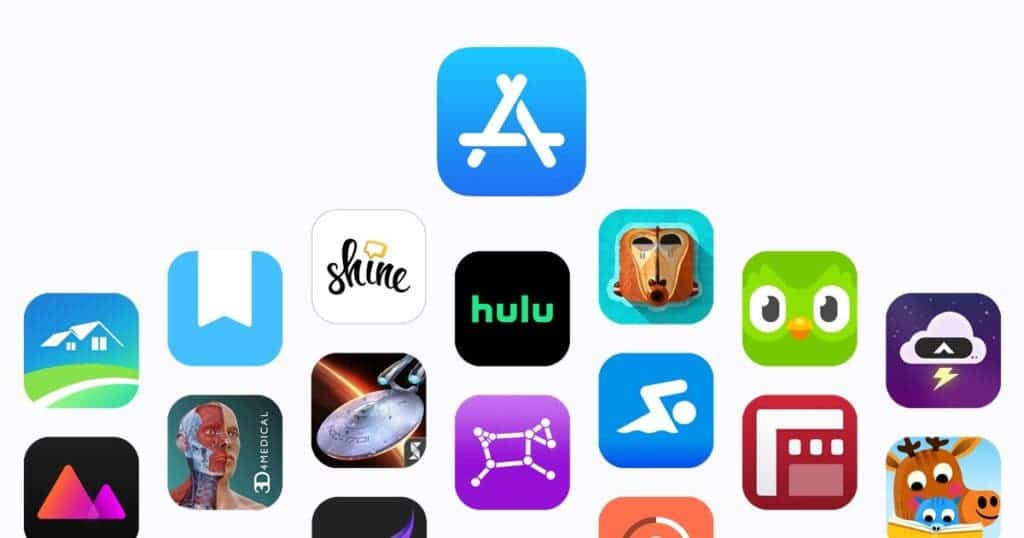
Long term software support – with security and more
This is going to hurt a bit those Android fanboys out there, but it’s true. iOS adoption for the latest iOS 15 is almost over 80%. Not to mention that Apple keeps supporting for devices that are over 4 or 5 years old now. For example even the iPhone 6s (a 2016 model) can easily be updated to the latest iOS 15 software version. Google hasn’t even published adoption rate numbers for the latest Android versions… and I’m not sure they can get that high. One more thing to take into account is that, if your iOS device qualifies to get the latest update, it will get it as soon as it launches.
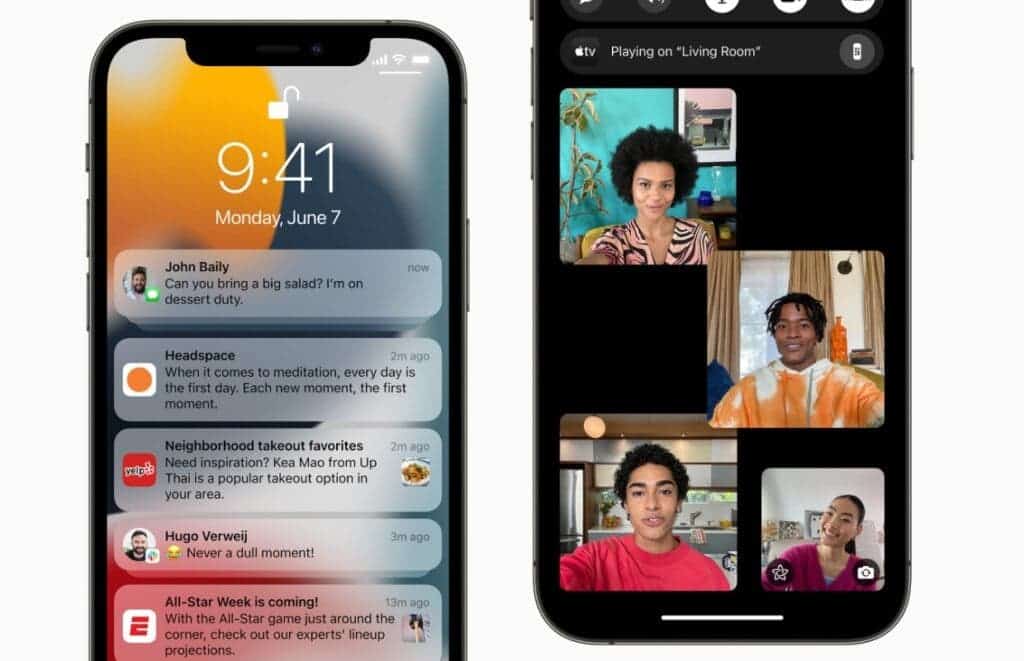
The Android updating process isn’t that easy and seamless as you can imagine. After all Google only gives direct updates to its own Pixel series models, with Samsung, Xiaomi, LG, Motorola and other companies having to wait, and wait to get the update from them. Then they have to work on it, solve extra bugs, optimize it for their own UI and then release it. In many instances, carriers have to go through them too, which only assures you get updates late, sometimes months down the line… if ever.

